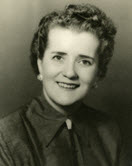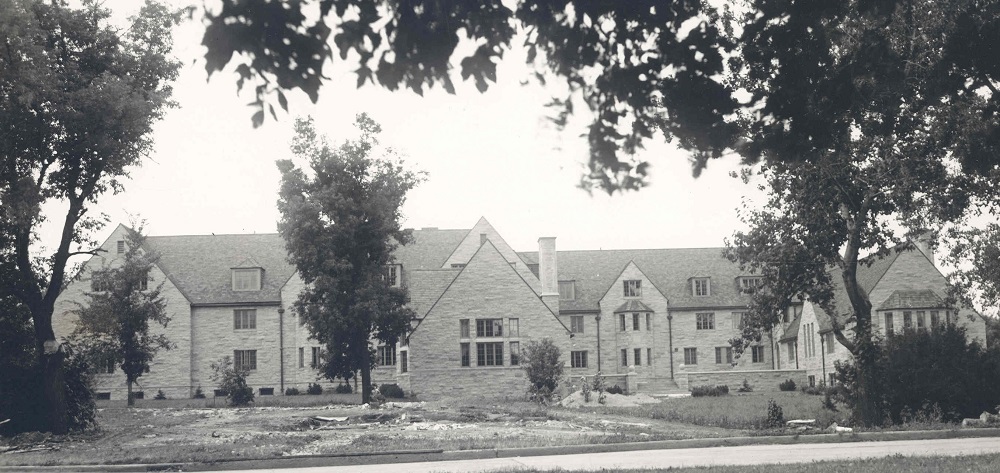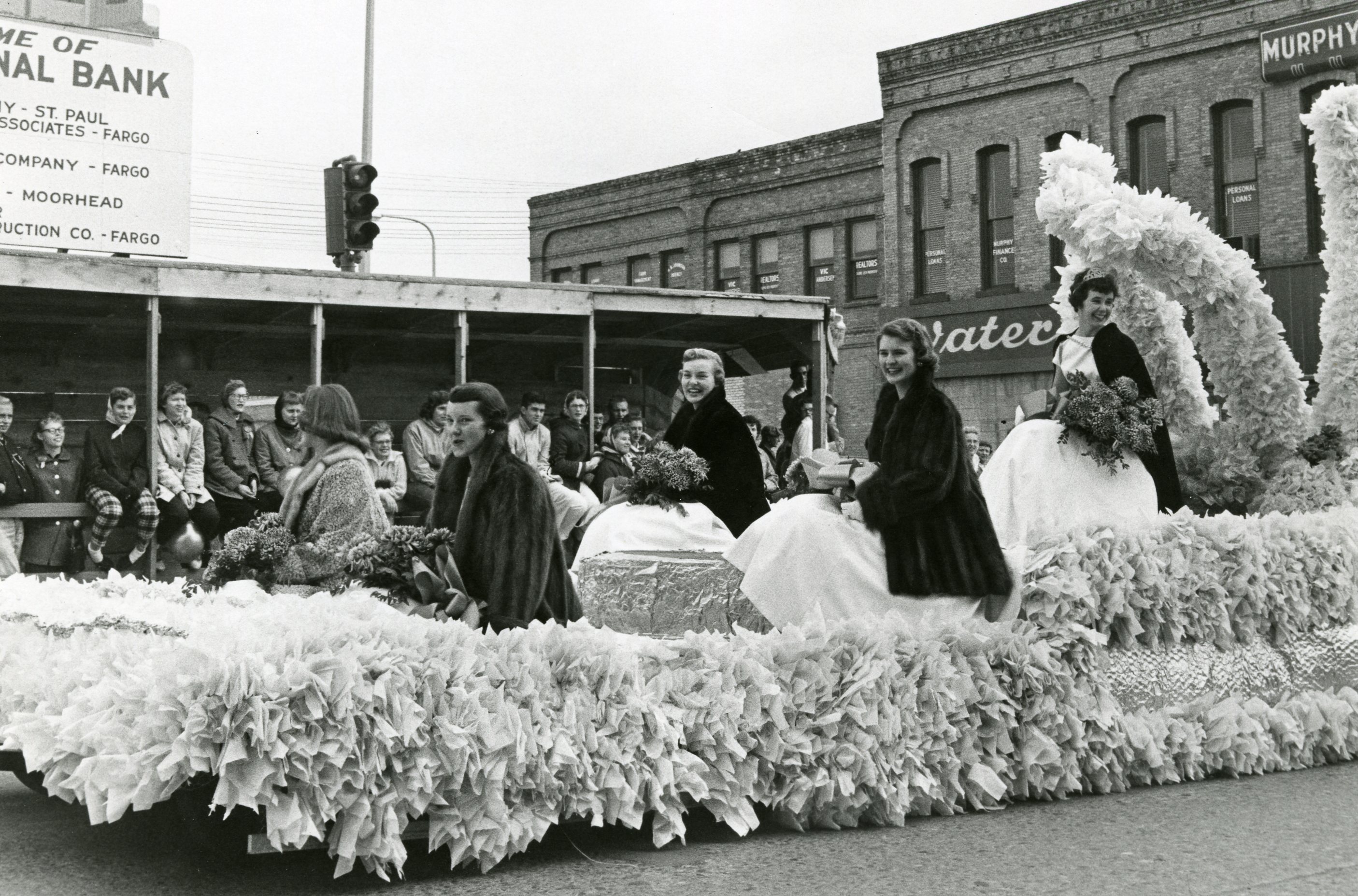 Coya Knutson is a Concordia alumna who can serve as an inspiration for women across the United States, and especially from the North Dakota/Minnesota area. She was a strong-minded, independent woman in an era when women were often in the background of their own lives. Knutson was an effective member of Congress; however, her career as a U.S. Representative was unfortunately cut short. She was defeated in her bid for reelection due to inherent sexism in politics at the time, accomplished through actions by her Democratic-Farmer-Labor party colleagues in collaboration her husband.
Coya Knutson is a Concordia alumna who can serve as an inspiration for women across the United States, and especially from the North Dakota/Minnesota area. She was a strong-minded, independent woman in an era when women were often in the background of their own lives. Knutson was an effective member of Congress; however, her career as a U.S. Representative was unfortunately cut short. She was defeated in her bid for reelection due to inherent sexism in politics at the time, accomplished through actions by her Democratic-Farmer-Labor party colleagues in collaboration her husband.
Browse Entries
|
|
|
|
|
|
|
Cla |
|
Margaret Teigen was a member of the first graduating class from Concordia College’s Practical Program. As the only female member of the class, Teigen paved the way for other women to enroll at Concordia and believe that they too could obtain an education. Teigen continued her involvement with the college by serving on the faculty for several years following her graduation before she enrolled in medical school to become a practicing physician. |
|
|
|
|
|
|
|
|
|
|






